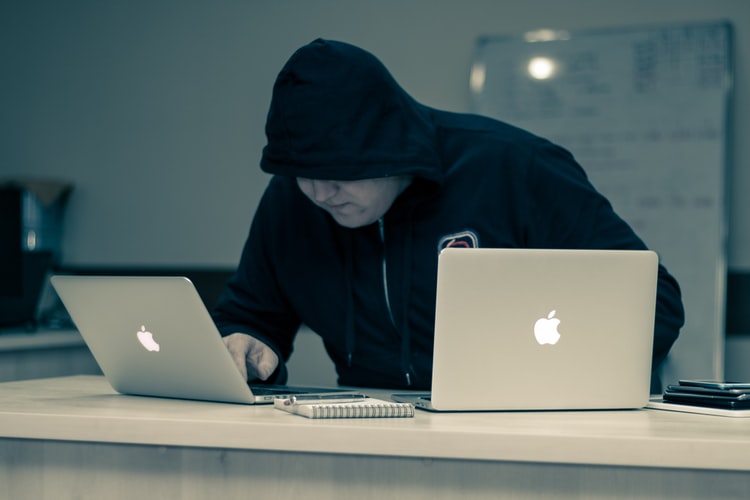Good personal hygiene is something important you’re taught as a child. But cybersecurity hygiene is also crucial to your safety. How?
In simple words, cybersecurity hygiene is about training yourself to be mindful of cyber threats and online security issues. Sadly, many people still don’t take cybersecurity as seriously as cavities and root canals. In fact, some people even take cybersecurity hygiene for granted. However, this might change due to ever-evolving threats.
Personal hygiene practices like brushing your teeth require routine and repetition. Likewise, cybersecurity hygiene must be a part of your daily life. You may want to set an alarm or mark a calendar to conduct a series of crucial security-related tasks, such as:
- Scanning for viruses with antivirus software
- Changing your passwords
- Wiping the hard drive
- Updating the operating systems of all your devices
Those are just some of the key steps in securing your device. Listed below are other essential steps you must take to ensure cybersecurity hygiene.
Install reputable antivirus and malware software
It is a vital component of your overall security posture. A reputable antivirus scans your entire computer for and eliminates threat actors. Moreover, it automatically scans your computer depending on your preferred schedule.
Use network firewalls
These are your network’s security first line of defense. Firewalls prevent unauthorized users from accessing your websites, mail servers, and other sources of information that are accessible from the web.
Update software regularly
As mentioned, threats are ever-evolving. This is why software developers issue updates with security patches whenever they discover security flaws. When left unattended, these flaws may serve as an open door for viruses and hackers. Hence, it is crucial that you install any updates as soon as they are available. You may set up the feature to update automatically to ensure you have the latest protections.
Set strong passwords
Your passwords must be unique and complex. They must contain at least 12 characters with a combination of numbers, symbols, and capital and lowercase letters. Avoid using the same password on multiple accounts. Furthermore, never share your passwords with others. Regularly updating your passwords is also a crucial step in cybersecurity hygiene.
Use multi-factor authentication (MFA)
MFA offers an additional layer of security to your devices. The most common type of MFA is a one-time password (OTP), whereas a unique code is sent to your phone or email whenever you attempt to access your account. Indeed, MFA makes it harder for hackers to gain access to your device and sensitive information.
Back up regularly
It is also best to back up important files. Keep in mind that data loss and data breaches may happen to everyone. You may choose to back up files on physical storage like an external hard drive or online, in the cloud.
Secure your router
You must also not forget to protect your wireless network. Update the default name and password the router came with from the manufacturer. Moreover, ensure that your router has WPA2 or WPA3 encryption to ensure the highest privacy level of information sent to your network.

